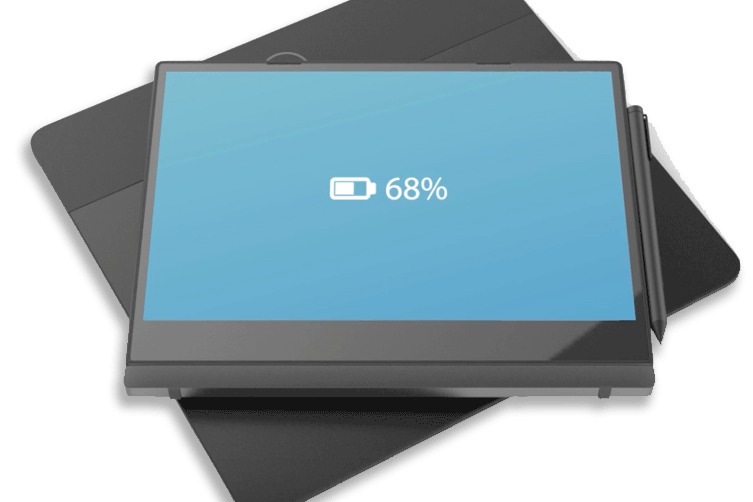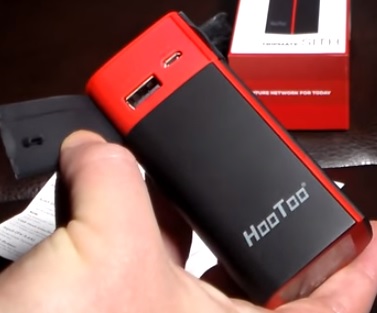AT&T’s next 5G trial will shoot DirecTV Now to users’ homes
5G conjures up visions of super-fast smartphone service, but it could give consumers and enterprises a lot more. In the next few months, some residents of Austin, Texas, will get to watch DirecTV Now at home using a form of the still-emerging wireless technology.
AT&T plans to start a trial of that service in the first half of this year. Instead of the cutting-edge mobile networks that are expected to beam multi-gigabit service to moving phones, it will use a fixed wireless network built on pre-standard 5G technology to reach users’ homes.
DirecTV Now is AT&T’s streaming video service for consumers who want to cut the cord on cable TV. It launched late last year with bundles of traditional cable channels delivered over the internet. In this trial, it will stream over a dedicated wireless network that won’t follow subscribers away from home, at least not in its current form.
The trial was announced at AT&T’s developer conference on the eve of the Consumer Electronics Show, where 5G is a hot topic even though it’s not expected to hit the market in its true, standardized form until 2020.
On Wednesday, Intel announced its first proto-5G modem, following rival Qualcomm by a few months.
Mobile operators and network equipment makers are conducting 5G trials around the world and working to shape the emerging specification, which is expected to include features for IoT, self-driving vehicles, and fixed wireless, in addition to multi-gigabit mobile service. AT&T already has other trials going on, including an enterprise use test at an Intel site in Austin.
Fixed wireless has a spotty history as a home broadband service, marked by glitches caused by things like weather and blooming trees that interfered with signals. But advances in wireless and new frequency options have renewed interest in the concept. Both AT&T and Verizon have shown a keen interest in fixed wireless for early 5G trials, and startup Starry Internet began testing a gigabit-speed service around Boston last year.
Fixed service allows carriers to shoot a signal to a stationary antenna on the side of a building, which makes it easier to use the millimeter-wave frequencies that 5G is expected to use for extra bandwidth. It can also be a more economical alternative to fiber networks for delivering gigabit broadband because there’s less need to string out or bury cables.
But as the 5G standard takes shape, another big advantage of fixed wireless is that the service provider can control both ends of the network. It just sets up the cell equipment and issues compatible radios to each household that subscribes.
Because the network doesn’t talk directly to phones, there’s no need to make it compatible with all the different handsets consumers may want to buy. So carriers can build a service before all the network and device makers agree on a 5G standard, which isn’t expected until 2019. As long as both radios remain available, a fixed wireless service can start now and keep chugging along for years.
Also on Wednesday, AT&T said it expects to deliver as much as 1Gbps (bits per second) over LTE in some areas this year. The company also plans this year to introduce LAA (Licensed Assisted Access), a form of cellular network that uses some of the same unlicensed frequencies that power Wi-Fi networks.







